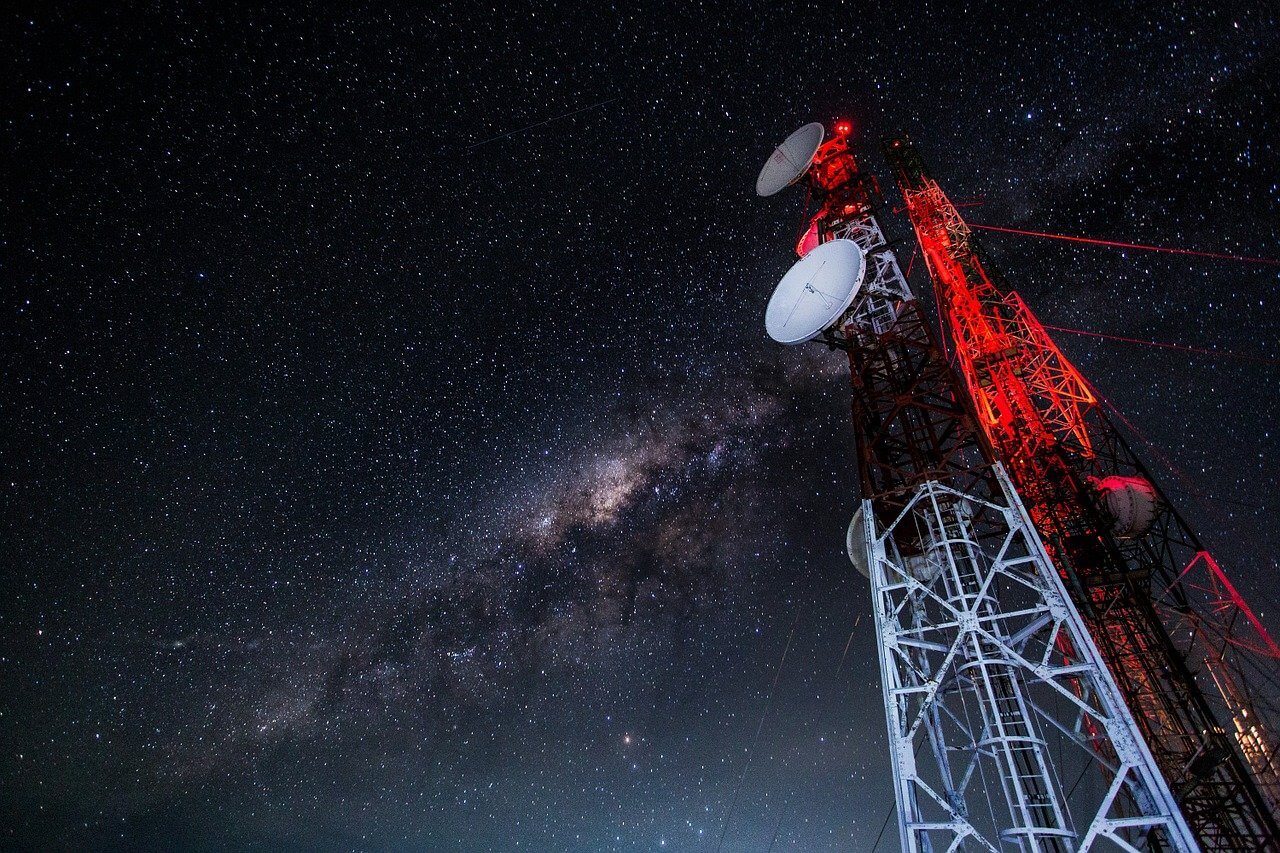Inside The Black Box: Designing Sensors To Decode B2B Buying Signals
- Buying signals convey critical and timely information about buyers and buying group dynamics; buying signal sensors capture and connect these signals
- A network of sensors is already present and always on inside marketing tactics — from content and offers to delivery channels and orchestration decisions
- The interplay of buying signals and sensors helps organizations predict and respond to buyer needs in real time and across interactions
Today’s B2B buyers expect interactions and information gathering to occur on their terms across digital and non-digital tactics. To enable these post-linear buying journeys, marketers must design programs and tactics that connect content and conversations across interactions to predict and respond to buyer needs in real time — as an individual and a member of a buying team.
Buying signals convey critical and timely information about the signaling entity — the individual, the account, or, more importantly in B2B, the buying group. Signals have always played a role in data-driven demand programs, and digital engagement efforts but have been siloed by channel, and lost in the noise of click-based activity reporting. Moving from click-based engagement to real-time buyer enablement requires a change in mindset and approach from data collection to signal detection, capturing information that may indicate something relevant about the buying entity as a group in the moment of interaction.
Fortunately, the capabilities required to do this aren’t locked away in a black box owned and operated by our robot overlords. Sensors are the mechanisms that listen for and acquire these signals — and an elaborate network of buying signal sensors is already embedded inside the digital tactic mix.
Standardized across interactions, this network of sensors and its dynamic signaling properties can function as an API connecting individual buyer behavior with buying group context across tactics to sense and respond to the needs of the buyer in real time. To get here, B2B organizations must start by thinking critically about how they can engineer the buying signal sensors they already own, looking across the mix of content, delivery channels, and data sources.

Three Sources Of Buying Signals
Organizations can fine-tune and scale their sense-and-respond capabilities by understanding the types of signals characteristic of their buyers as they move through different stages of the decision-making process. This informs the design of the buying signal sensors needed to target, trigger, and tailor tactics to the individual’s role, presence, and unique needs within the buying group.
Forrester’s B2B Buyer Signals Framework categorizes buying signals on the basis of the source of the sensors that capture and connect those signals:
- Directed-signal sensors. Designed and controlled by the selling organization. They’re found in the activation of digital content within owned channels such as the website, landing pages, emails, and direct outreach activities.
- Detected-signal sensors. Not under direct control of the selling organization but rather acquired through third parties, such as intent data providers and social media monitoring tools.
- Derived-signal sensors. Based on the combination and contextualization of multiple signals, directed, detected, or both. These sensors include the algorithms and rules driving decisions made by automated programs, such as the content assembled to personalize a tactic, triggering events for tactic activation, or computations within scoring models.
The Interplay Of Signal And Sensor
These buying signal sensors are further categorized as ubiquitous or actuated on the basis of user inputs required for signal transmission to take place. Integrating interaction data into the signaling ecosystem allows B2B organizations to continuously optimize demand and account-based marketing (ABM) program tactics for intent-based activation, contextual interactions, and omnichannel orchestration — among other use cases.
- Ubiquitous sensors. Ubiquitous buying signal sensors are already embedded within the tactic mix and always on. They’re integral to the work being done by marketing teams across disciplines to detect active demand, drive engagement, and optimize for conversion goals. These ubiquitous sensors are present in audience segmentation work, progressive profiling techniques, content metadata, and digital infrastructure.
- Actuated sensors. Actuated sensors are buyer-driven and result from the interaction behavior of that signaling entity. These sensors acquire buying signals from a series of buyer actions and inputs that take place inside that interaction, resulting in an immediate feedback once a tactic has gone “live” during deployment and the signaling entity engages. Harnessing buyer behavior as sensor amplifies and creates new signals.
Buying Signal Sensor Design: Getting Started
Sensor design must focus on not only capturing these buying signals in the moment but also using this network of sensors to connect those signals across data sources, program activation systems, and demand management workflows. This helps align the work of teams responsible for audience experiences, content activation, and the design, deployment, and optimization of digital tactics.
Start with tactics rich in buying signal sensing capabilities such as web properties, virtual events, automated conversational interactions, email, and social media. Identify, inventory, and design for the most valuable buying signal sensors by aligning demand program objectives and real-time buyer insights with the unique signaling capabilities of each tactic in the mix. Any technology, data, or process silos present in tactic design and deployment must be phased out and attention given to connecting human and non-human interactions at handoff points from marketing to sales.
Download Forrester’s 2021 Planning Assumptions Guide for demand and ABM leaders to learn more about buying signals and five other trends that will impact marketing leaders in 2021 and beyond.
